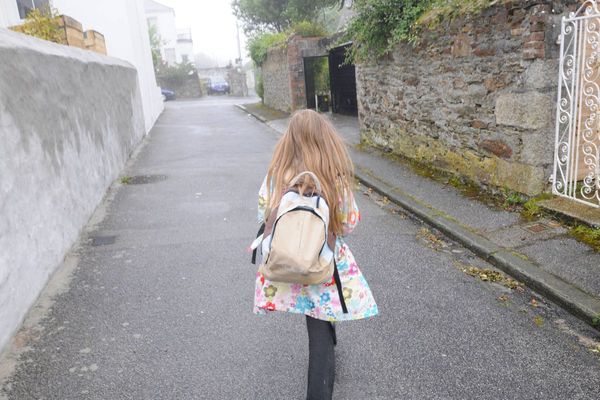Dear Jessica: I have had this plant for over a year, and would like to know the name of it, as well as directions on how to transplant it and continue to have the roots (if that is what they are) exposed. It is such an exotic look, and I would hate to cover them up.
_ Janine Bickard
Dear Janine: The quirky fern you're growing belongs to the Davallia genus. Because of its interesting above-soil rhizomes, which resemble paws, different species of the genus are commonly referred to as deer-foot fern, rabbit-foot (or hare-foot) fern, and squirrel-foot fern. If you think it looks exotic now, you're in for a treat: In time, those fuzzy "paws" will grow, and depending on the species, will cascade, trailing as much as four feet from the pot!
It's important not to cover the rhizomes with soil, as they draw moisture and nitrogen from the air. Similarly, never remove them unless they are dead or diseased.
Place the plant in a spot where it will receive filtered bright _ or indirect _ sunlight, preferably near a north- or east-facing window. Fluorescent lighting serves these ferns well, too. Water and mist frequently, allowing the soil to dry a bit before repeating, but taking care not to let the rhizomes dry out. Apply a diluted liquid houseplant fertilizer once a month during spring and summer.
Davallia thrive best when slightly crowded in their containers, so don't repot them more than once every other year. And when you do, ensure they remain cozy by moving to a pot that's only one size _ 2 inches _ larger.
Finally, avoid moving these plants; they tend to stress when their pots are relocated.
Dear Jessica: Last October, I brought in my potted hibiscus tree. It lost most of its leaves, but I didn't want to lose it. So now I have beautiful new leaves and seven buds on my tree. My question is this: When should I transplant it to a new pot? Also how much bigger should that pot be? I'm just nervous that it will go into shock, and I may lose it.
_ Laura Mattina
Dear Laura: Hibiscus are tropical plants that are typically grown seasonally in containers, often on patios and porches, in cooler climates such as ours. I'm glad you thought to bring yours indoors last year, because even though they wouldn't survive a New York winter in the garden, they can live for many years with proper care.
That care involves bringing them into the home before the first frost and placing them in the sunniest location available indoors. Expect leaves to drop, as yours did, and the plant to appear a bit sickly, but continue watering as you would any houseplant. It should bounce back and thrive when returned outdoors in May and fertilized. Oftentimes, as you've witnessed, growth resumes in early spring when sunlight increases. Sometimes, the hibiscus even blooms.
If you don't have room _ or a sunny spot _ to keep it over winter, another option is to allow it to go dormant for the offseason by storing it at 40 to 45 degrees. Ascertain soil moisture twice a month by plunging your finger into the soil as far as it will reach; if it's dry at root depth, water lightly. In May, acclimate the plant by moving it into the living area of your home for a week or two, then prune, fertilize and set it outdoors for the summer.
Hibiscus can tolerate cramped quarters; they actually prefer cozy pots. Still, they will eventually need to be repotted. You'll know they've outgrown their containers when their roots emerge from their pots' drainage holes.
If you'd like the plant to grow bigger, select a container that's 2 inches larger than the current one; if you'd like it to remain in the same size _ and you might, if you're going to be carrying it indoors every year _ use the same pot or buy a new pot that's exactly the same height, width and depth as the old.
Slide the plant out of its pot, gently loosen the roots with your fingers and make a few small slices around the root ball with a sharp knife. This will stimulate roots to grow in an outward direction _ toward water and nutrients. If you would like the plant to remain roughly the same size, prune away about one-third of the root system before repotting; if you'd like to encourage it to grow, trim away dead or discolored roots, if any. In either case, repot into a new container using fresh potting mix, ensuring the hibiscus is planted at the same soil depth as it had been previously, but allowing it to land roughly 2 to 4 inches from the top of the pot, allowing room for mulch. Tamp soil down as you go to remove air pockets, and apply a layer of mulch, then water thoroughly.
Regardless of how gentle you may be, the plant will experience some stress from repotting, so let it convalesce in an indoor spot away from bright light for a few days before moving it to a brighter area.







